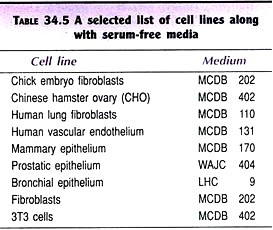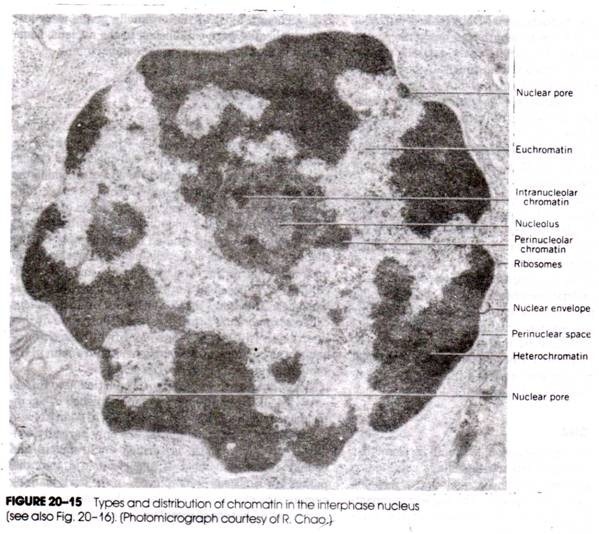ADVERTISEMENTS:
Protozoa are single-celled organisms, causing some diseases like amoebiasis, malaria and sleeping sickness.
Entamoeba histolytica is the cause of amoebiasis, contaminated water and food is mode of transmission, diarrhea, discharge of mucus and sometimes blood in the stools. Incubation period is about one week.
Proper sanitation, protection of food from flies, stops the infection. Drugs control the disease. Malaria is another disease caused by Plasmodium (Fig. 8.10).
ADVERTISEMENTS:
Malaria is transmitted by the bite of female Anopheles mosquito. Chilliness, severe headache, rising temperature and profuse sweating are the symptoms of malaria. It is prevented by the elimination of mosquitoes by spraying insecticides. Chloroquine and primaquine are the drugs given in malaria.
Some disease are caused in man by parasitic worms. These worms are pinworms, tapeworms, roundworms (Fig. 8.11 & 8.12). Filaria (Elephantiasis) is caused by a tiny worm called Wuchereria bancrofti. It is spread by the bite of the female culex mosquito. Lymph nodes in the limbs, scrotal sacs and other body parts swell up to enormous size as the worm blocks lymph vessels. It is prevented by the protection from mosquito bite. Antifilarial drugs are used.
Transmission of communicable diseases:
Many communicable diseases can be prevented if their mode of transmission is known. The entry of micro-organisms and be checked in the body.
Airborne Infections:
Bacteria, spores of fungi and viruses enter in our body through inspiration and attack our throat, wind pipe and lungs. Microbes are present in saliva and mucus. When an infected person sneeze or cough in public places, droplets with the germs are sprayed in the air which is taken by other healthy person to receive infection. Everyone should be careful and covers the nose and mouth with a tissue paper or handkerchief during sneeze or cough. Tuberculosis, cold, measles, influenza, diphtheria and whooping cough are transmitted through air.
Waterborne Infections:
Water is polluted by so many ways open sewage is the biggest problem to pollute water. Contaminated water is the cause of dysentery, cholera, typhoid and other intestinal infections. By using unclean water for drinking, brushing teeth, washing the clothes and for cooking purposes many diseases of eyes, ear respiratory system and intestine may occur. Some infections may take place through swimming pool water.
Food borne Infections:
Although proper cooking of food destroys so many germs but most of the infections are caused by taking raw food materials like vegetables and fruits. When eatables are not washed properly with water they may cause diarrhea and vomiting. Rotten or semi-rotten vegetables and fruits should not be purchased from market.
Botulism is a very serious food poisoning due to a special bacterium sometimes found on tinned and sealed foods, these bacteria multiply and release toxic substances. Pasteurization is a technique of partial sterilization applied to milk, usually, milk is heated to a temperature of about 60° C for 30 minutes and then chilled quickly. This process of pasteurization kills majority of bacteria.
Edward Jenner was an English scientist. He is known as father of Immunology. Jenner invented the small pox vaccine in 1796 A.D. Edward Jenner has established new way to treat the diseases called vaccino therapy.
Spread through contact:
Many diseases are spread from person to person by direct or indirect contact. Athlete’s foot, a fungal infection is spread by direct contact. Some other diseases like chickenpox and measles spread very rapidly by direct or indirect contact (Fig. 8.13). Unsanitary toilet habits also help in spreading the diseases. Drinking glasses, mugs, coins, door handles, currency and utensils used by the infected persons are the source of infection.
Conjunctivitis, a viral infection of eyes spread very rapidly, if any family member suffers by this, other also gets the infection very quickly. The infected persons should be kept in isolation and proper treatment should be given to them to avoid illness and to prevent further serious problem.
ADVERTISEMENTS:
Diseases spread through Insects:
Mosquitoes spread malaria as they are the carriers of protozoan Plasmodium. Cockroaches are the carrier of disease such as dysentery and gastroentritis. Rats spread some diseases such as typhus, plague and salmonellosis. Dengue is another disease spread by the bite of Aedes mosquitoes, yellow fever is caused by the bite of Aedes ergypti mosquito. In these cases we have seen that insects are the carriers of disease-causing germs, these diseases are also called vector borne diseases. If we keep check on the population of these disease carriers we can control vector borne diseases.
Joseph Lister discovered the use of carbolic and as an antiseptic, such that it became the first widely used antiseptic in surgery. Lister also used carbolic acid solution to clean the wounds to reduce infections. He also made surgeons wear clean gloves and wash their hands before and after operations with 5% carbolic acid solutions. Instruments were also washed in the same solution and carbolic acid solution sprayed in the operation theatre.
ADVERTISEMENTS:
Bites and Stings:
Rabies disease is caused by the bite of mad dog (it is spread by the virus). Rabies may be transmitted by the bite of monkey, cat, carnal and horse. The virus of rabies attack on brain and spinal cord cells and destroys them. Bites of poisonous snakes like cobra, viper and pit-viper are very fatal. Poison of cobra attacks on nervous system and poison of viper and pit- viper attacks on blood vessels. In case of poisonous snake bite anti-venom is given to the victim. Honey bees and scorpion also spread poison by their stings in the body of victim.
 Louis Pasteur was a French chemist and microbiologist. He has done remarkable work to know the causes and prevention of diseases Pasteur’s research showed that the growth of micro-organisms was responsible for spoiling beverages, such as beer, wine and milk. He is know as the father of micro-biology.
Louis Pasteur was a French chemist and microbiologist. He has done remarkable work to know the causes and prevention of diseases Pasteur’s research showed that the growth of micro-organisms was responsible for spoiling beverages, such as beer, wine and milk. He is know as the father of micro-biology.






